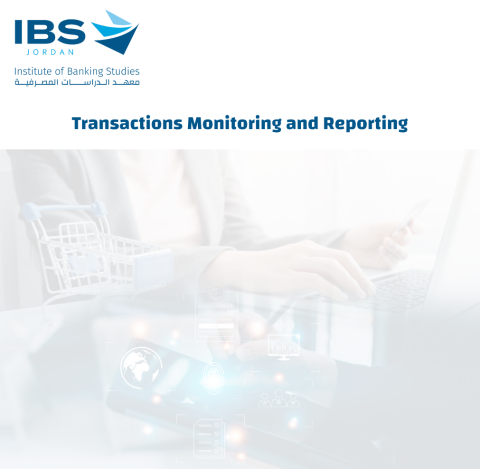
By the end of this training course, trainees will be able to:
- Understand the concept and objectives of transaction monitoring within AML/CFT frameworks.
- Identify key risk indicators and red flags associated with suspicious transactions.
- Explain the process of detecting, investigating, and escalating unusual or suspicious activities.
- Apply effective monitoring techniques and understand system-generated alerts and rule-based scenarios.
- Differentiate between true positives, false positives, and noise in transaction monitoring systems.
- Understand the requirements and process for filing Suspicious Activity Reports (SARs) or Suspicious Transaction Reports (STRs).
- Recognize the regulatory expectations and internal responsibilities for timely reporting to the AML/CFT authorities.
- Strengthen analytical and decision-making skills when reviewing alerts and reporting cases.
- AML and compliance officers.
- Risk management staff.
- Operations and payments department employees.
- Branch and relationship managers.
- Internal auditors and control officers.
- Any staff involved in reviewing or reporting financial transactions.
- Introduction to Transaction Monitoring and its Importance.
- Regulatory Framework and Reporting Obligations.
- Risk-Based Approach and Customer Profiling.
- Monitoring Scenarios and Rule Design.
- Alert Management and Case Investigation Process.
- Suspicious Activity Reporting (SAR/STR) Procedures.
- Quality Assurance and Independent Review.
- Common Challenges and Best Practices.
- Emerging Trends and Technologies in Transaction Monitoring.
